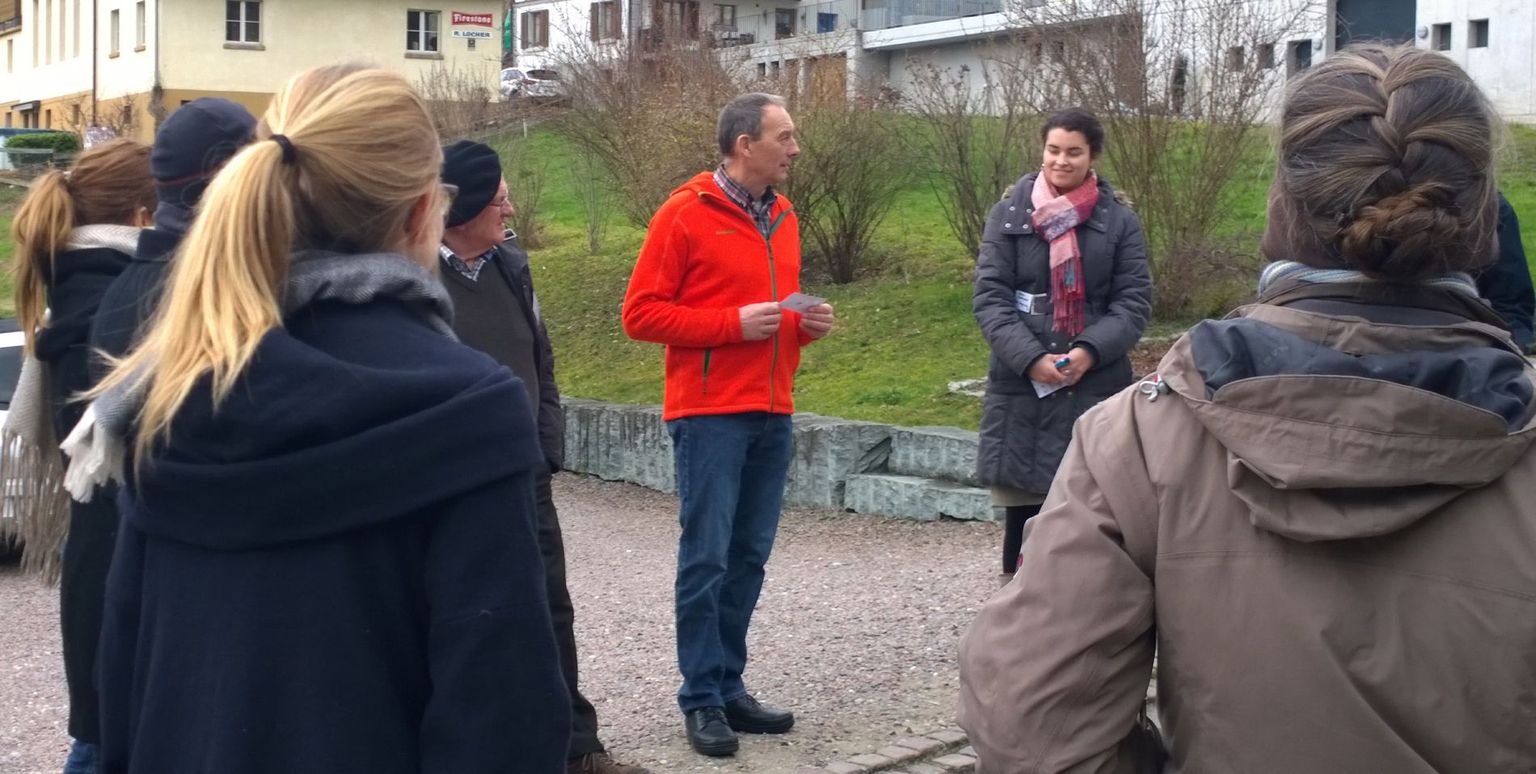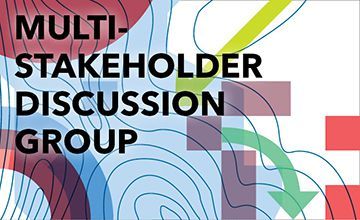Multi-stakeholder discussion group
An approach to involve stakeholders in accompanying a (research) project.
Fry P 2021. Multi-stakeholder discussion group. td-net profile (15). Swiss Academies of Arts and Sciences: td-net toolbox for co-producing knowledge. www.transdisciplinarity.ch/toolbox. doi.org/10.5281/zenodo.4627091
What is a «multi-stakeholder discussion group»? | The multi-stakeholder discussion group brings together representatives of science, civil society, the private and the public sector to work on the development and implementation of a (research) project. The group meets several times for a facilitated exchange process on an equal footing. |
Why should it be applied? | Even before the project starts, spaces where researchers and actors from civil society, as well as the private and the public sector can meet and exchange experiences on an equal footing are crucial for successfully co-producing knowledge. Such spaces allow trust to be built, a common understanding of different perspectives (thought styles) to be reached, and the expression and sharing of tacit knowledge (Schneider et al. 2009, p. 477). A facilitated multi-stakeholder discussion group, running in parallel to an on-going research project, provides such a space. |
When should it be applied? | The multi-stakeholder discussion group should be applied when it is obvious that specific societal actors are relevant for the project, but not yet involved enough in the project. |

How does it work? | 1) The project leader identifies the societal groups relevant for the project. He or she may conduct a stakeholder analysis (e.g. Bryson 2006) – or an actor constellation – and make use of the networks of project collaborators. He or she selects about 10 representatives. It is advisable to choose representatives from the most relevant institutions, associations and networks related to the societal problem addressed in the project. Key well networked people will be helpful. In order to support the bridging of thought styles and gaps within the group, it is helpful if some of them are intermediaries between science and practice or between different disciplines. Besides having a deep knowledge of the topic, the selected representatives should be good communicators. 4) The project leader invites the members to join the multi-stakeholder discussion group. The expectations towards the group and its members are made explicit. 5) Before the project starts, the project leader organises a first workshop in collaboration with the facilitator. The first meeting serves to get to know each other and to experience the different views and thought styles from the various participants. Also, the project aims and the roles of the participants are clarified. In order to express and share different perspectives, the meeting may be started with a round of personal introductions. Members are asked to describe their experiences and explain their views on the topic. Travelling, coffee breaks, lunch and apéros enable social interaction - a core element to build bridges between the thought collectives. Questions that should be discussed are:
6) The group then meets regularly according to the decided plan. 7) Organise a final meeting, e.g. an opening reception preferably connected to a stakeholder event to show the project’s achievements as well as the multi-stakeholder discussion group’s contribution to it. |
How are thought styles bridged? | Thought styles are bridged by the repeated personal exchange on an equal footing. In particular social interactions within the multi-stakeholder discussion group, as well as an openly designed exchange process which regards all stakeholders as experts will help. Participants will learn about knowledge demands, interests and context conditions, but also about the concerns, values, emotions, and daily routines of the others. This mutual learning provides a sound basis to align the project plan in a way that it is beneficial to all. |
What’s the output/outcome? | The output is a research question and research plan adapted to the perspectives of the stakeholders. The outcome is a better understanding of the different interests, expectations and positions as well as an appreciation of system, target and transformation knowledge, and different skills as well as experiential knowledge (Fry/Thieme 2019). Participants gain trust and respect for different perspectives. They may develop ownership for the project’s main topic. |
Who participates in what role? | The participants represent a specific group of stakeholders from science and practice. The project leader initiates the process and participates as a stakeholder (of academia). The facilitator acts as 'guard' of the process and not as an expert on the research topic. |
What do I need to prepare? | The project leader identifies a facilitator who has the skills to act as an intermediary between the different stakeholders. Together they choose a suitable meeting place for the first meeting. It should be related to the topic and meaningful to all stakeholders. Visualisation of the inputs and outputs may be planned in advance. |
When not to use the method? | It does not make sense to use this method when the research question addresses system knowledge only, the issues are not contested, the level of actor diversity is low and actors’ interests and existing collaborations between actors are small (see Schneider and Buser 2018). |


